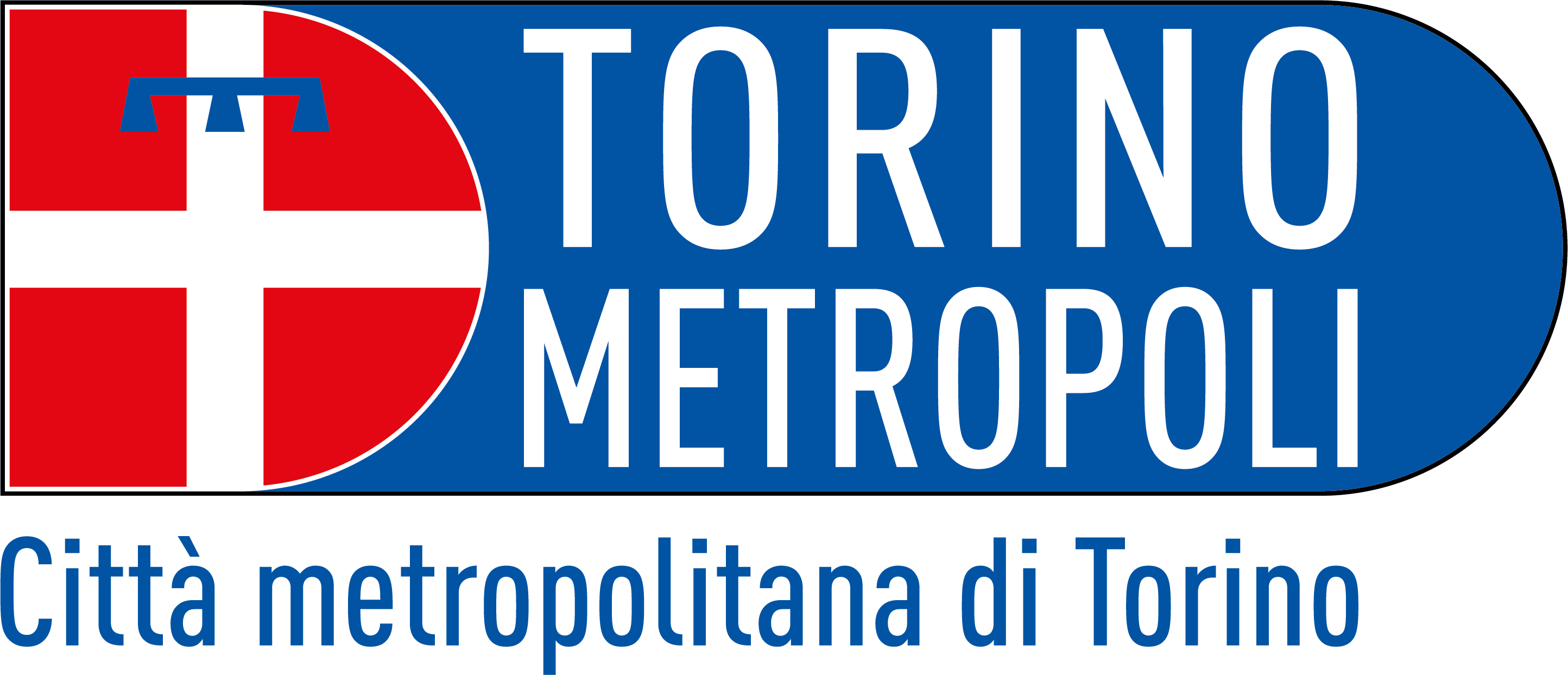The case of the Cooperativa Sociale Triciclo: a 20-year experience in Torino to integrate reuse into the waste management system.
Reading time: 4 min.
Reuse centres refer to facilities and activities where citizens can hand in used goods free of charge in good condition, undamaged and in working order (or in need of only minor repairs) that can be donated, exchanged or sold for re-use. The primary purpose of these centres is therefore to put still-usable goods back into circulation, preventing them from becoming waste before the actual end of their useful life. The positive effects stimulated by re-use centres are many; among the most important are:
- the reduction of the production of new goods and thus the need for extraction and use of raw (and/or secondary) materials;
- the possibility of purchasing goods with a reduced environmental impact;
- Stricter adherence to the waste management hierarchy, according to which prevention and reuse are to be preferred over material and energy recovery;
- the promotion of a more circular culture that favours the re-use to 'scrapping' of products whenever possible.
There is still no precise census on the spread of re-use centres in Italy. The document “Prima indagine conoscitiva sulle misure di prevenzione della produzione dei rifiuti urbani adottate dai comuni”, published by ISPRA in 2020, shows that in the sample of 325 municipalities considered, 24.3% of them host flea markets, exchange points and/or re-use centres. An interesting element also emerges from this survey: about 9% of the municipalities studied have special areas within the collection centre aimed at donating goods for reuse.
It is precisely the Municipalities that, in the current regulatory framework, can play a decisive role in integrating re-use into the integrated waste cycle. This potential derives from the right to identify spaces at collection points for the temporary exhibition for the exchange between private individuals of used and functioning goods directly suitable for re-use and areas for the preparation of re-use. However, despite the possibility of giving rise to structured experiences that have their own economic, as well as environmental and social sustainability, the lack of an underlying national strategy means that re-use centres remain to date mostly an alternative almost always supported by non-profit and limitedly developed social initiatives.
Twenty years of experience all in Torino: the Triciclo Cooperative and the Via Arbe Reuse Centre
An example of an operational re-use centre in the metropolitan area is the Cooperativa Sociale Triciclo. Triciclo was formed in 1997, initially dealing with the clearance of premises with the aim of giving a second life to found objects. In 1998, the Cooperative presented an innovative and avant-garde proposal to the Città di Torino: the construction of a unique complex combining a re-use centre with retail sales at the collection centre of Amiat in Via Arbe 12. The project is realised in 2006 thanks to European funds for the Winter Olympics.
The objects brought by the various users to the centre in Via Arbe can therefore have two different fates: those that are no longer usable are placed separately in the respective bins and become waste; those that are still reusable or only need minor repairs can be donated to Triciclo.
Last but not least, there are training and awareness-raising activities on the subject of waste and its management, aimed mainly at schools and organised by Triciclo in collaboration with EduIren.
Tommaso Gregori
For more information:
